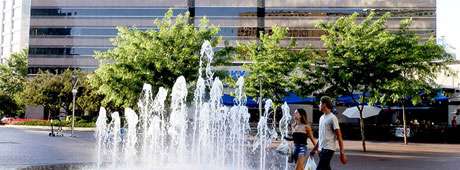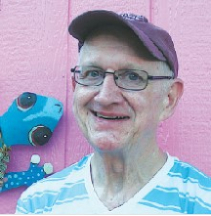No products in the cart.
Boise—Spotlight City

The Big and Small of It
By Dean Worbois
Was it a big town or a small city? I was raised in both, choosing my environment by what I was looking for at the time. It was the 1940s, ’50s and ’60s. The name of the place was Boise.
The streets were dirt. A cow pasture, chicken coop, and garden filled the half-block behind our house. A dozen neighborhood kids hid in tall weeds in empty lots while “it” counted to “ready-or-not-here-I-come.” We caught pollywogs amid cattails, which we called the tules swamp, by the gravel pits along the river. We pedaled our bikes pell-mell down into the “Big Hole,” an abandoned excavation for the basement of a house. On the way out, we rode pell-mell past big rocks that threatened to force us off-course into other rocks, which would mean we’d have to push our bikes up the other side. A failure to navigate the Big Hole remained a stain until someone else had to push their bike out.
There were lemonade stands.
Later we played work-up baseball in our backyard—so long as you count spending half the time arguing about the rules as playing ball.
Yep, it was about as much a small-town childhood as any kid has ever enjoyed. I even learned to drive a tractor long before the law would let me on the streets. I got real good at running a gang reel mower around the trees of the ball field that replaced the cow pasture.
This content is available for purchase. Please select from available options.
Purchase Only
Purchase Only

